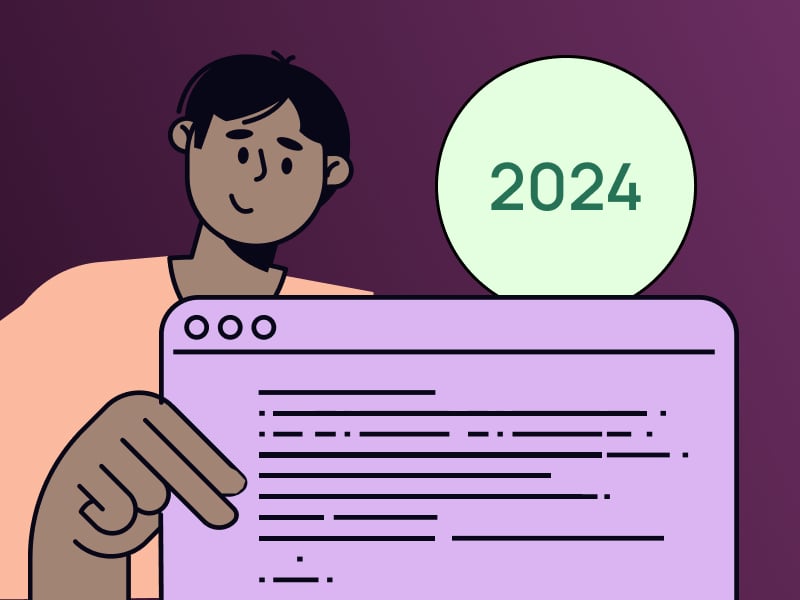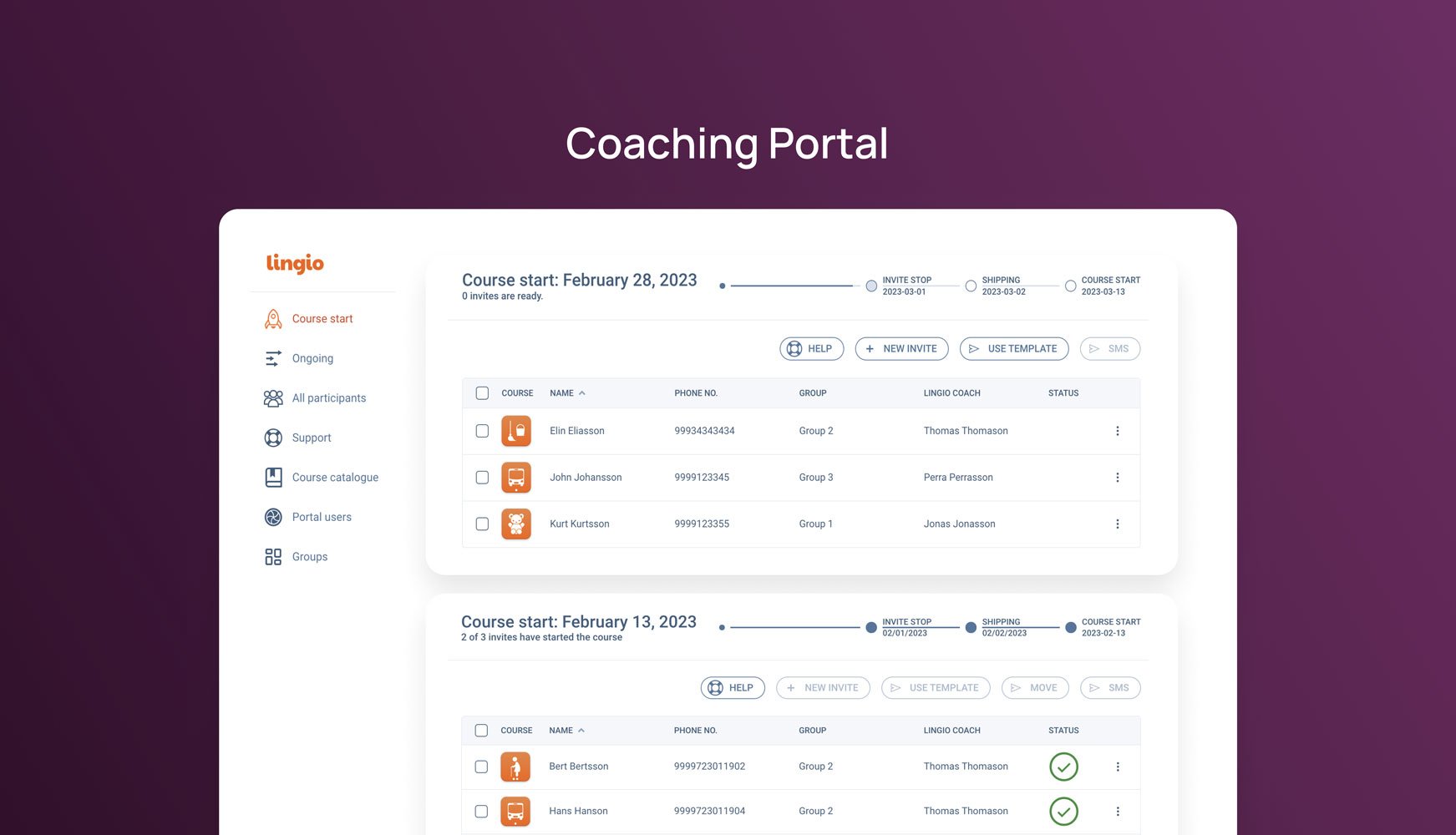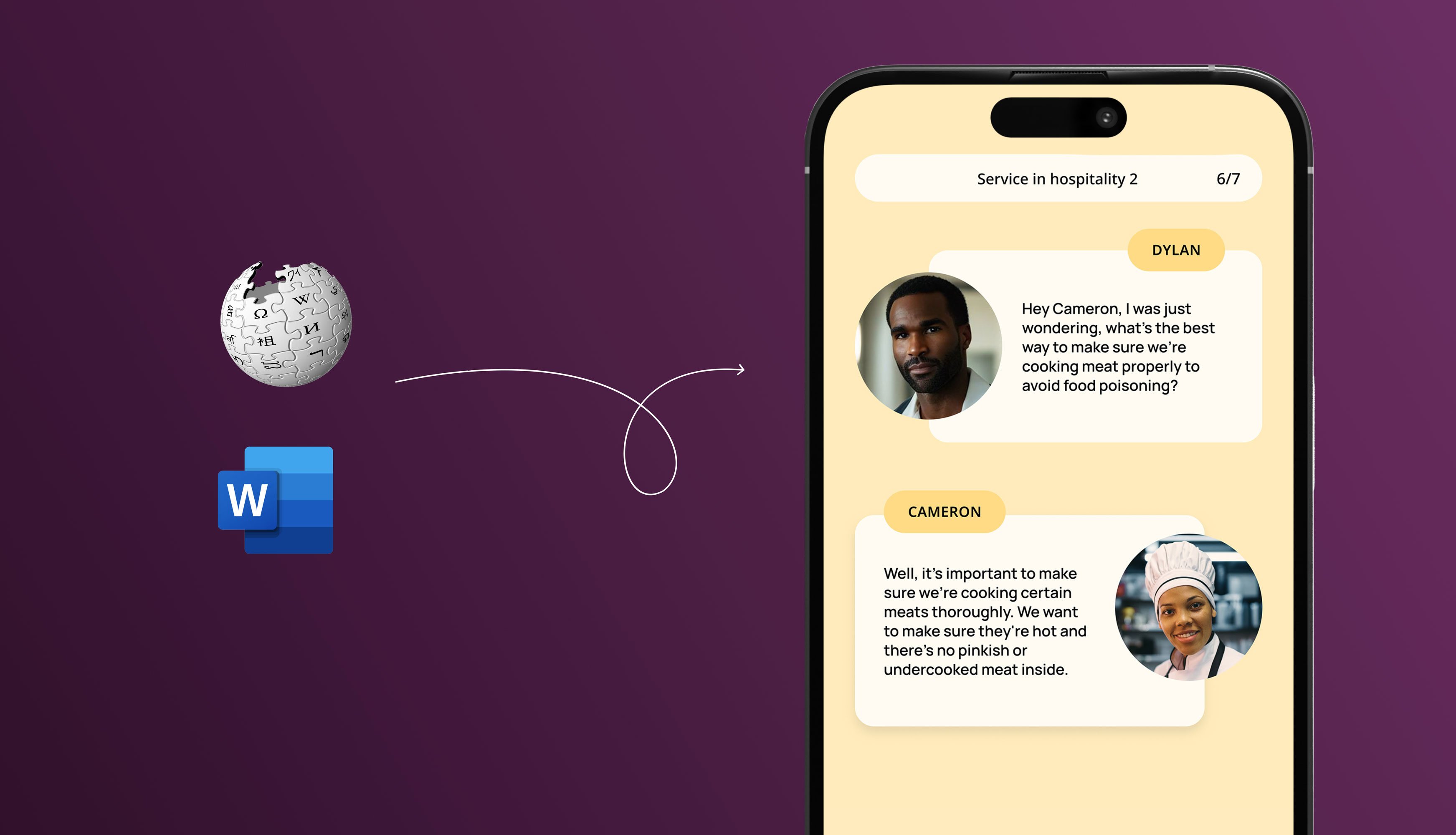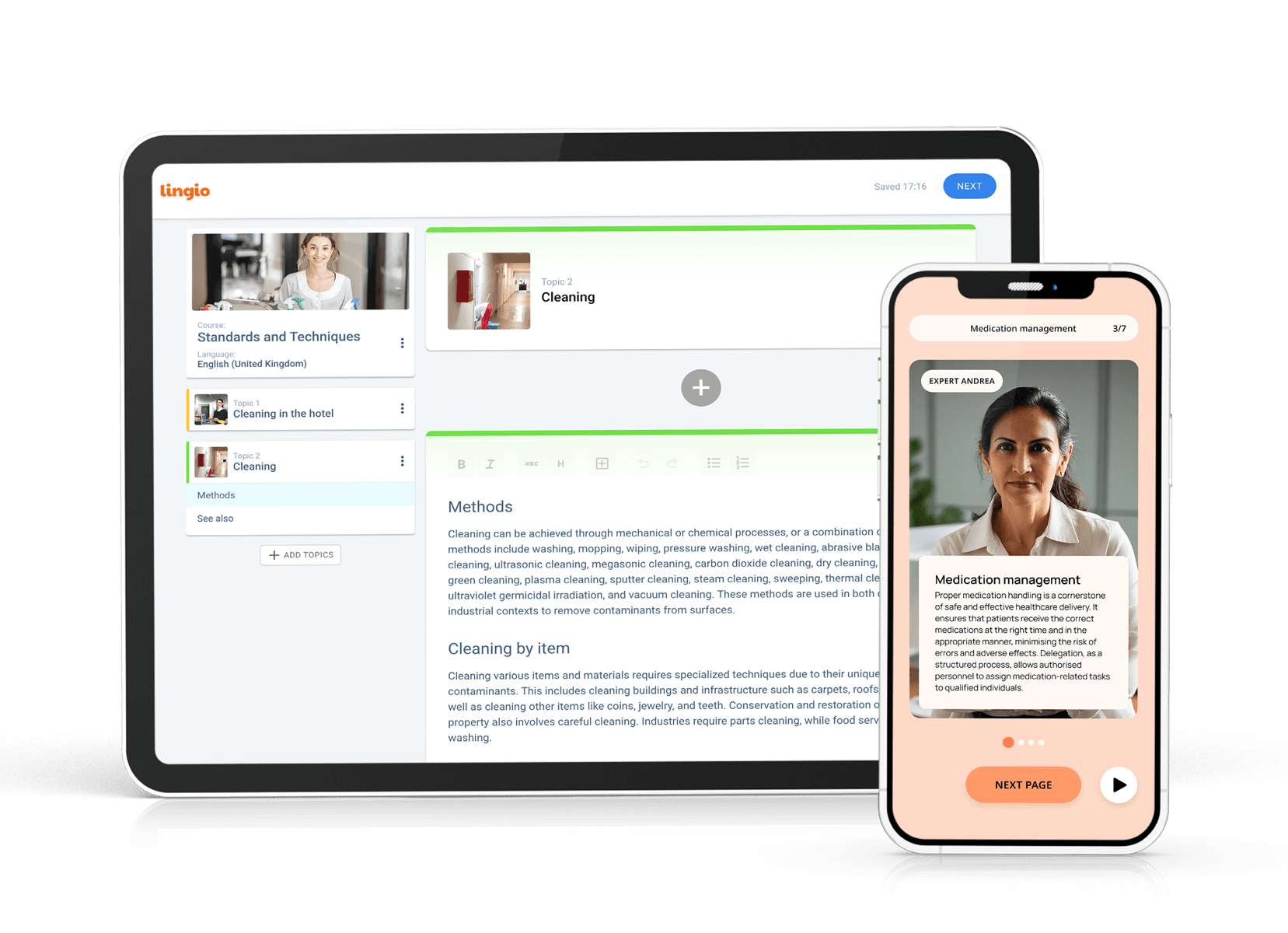Did you know that 30% of current customer education programs require improvement?
If you’re wondering ‘what is customer education and training?’, it refers to the process of equipping new and existing customers with the necessary tools and knowledge to learn how to use your product. For example, a customer onboarding program can help new clients get to know your product. Especially useful in complex sectors like SaaS and enterprise software, a robust client training framework significantly enhances user familiarity and perceived value.
In 2024, customer education is no longer an option but a necessity. We’re here to discuss the question ‘why is customer education important?’, delving into how a customer education program streamlines the client journey and boosts loyalty and satisfaction. As we explore the benefits and steps to launch a successful customer education program, remember that informed customers are loyal advocates. Keep reading to learn how to educate customers with a training program that yields high ROI by increasing customer retention and reducing support costs.
Understanding the need for customer education in 2024
There are many benefits of customer training programs. Over 70% of such programs have reported an increase of more than 10% in customer adoption growth. This rise in adoption translates to more satisfied clients who are likely to continue their journey with your business.
Another reason why customer education is important is because trust forms the bedrock of brand loyalty and helps retain customers. 95% of customers assert that their loyalty comes from trusting a brand, which is significantly enhanced through well-structured customer education programs.
But the impact doesn’t stop there. A tailored customer education strategy can accelerate onboarding, leading to quicker product adoption and reducing the time and burden on your customer support team. This strategic approach speeds up customer onboarding and reduces the time to value.
Creating training content that educates users about your product is critical. It empowers users to explore and understand the product at their own pace, aligning with the finding that 81% of customers prefer to troubleshoot issues themselves before contacting a support team. This self-service model fosters improved engagement and significantly boosts product adoption.
Higher customer satisfaction leads to increased retention rates, reducing churn. Furthermore, as customers derive more value from your product or service, they’re more likely to upgrade their subscriptions, increasing expansion revenue.
Customer training in 2024 isn’t just about informing. It's about creating a sustainable and profitable relationship through knowledge and trust.
Foundations of effective customer education
Next, let’s learn the foundations of client education to get the most out of your customer enablement and education strategy. Effective customer training is essential for business and user growth and mirrors key principles found in product management.
Here are our fundamental principles for crafting a successful customer training program:

- Start with the why: Clarify why well-trained customers are crucial for your solution and what your business goals are. This involves understanding the unique benefits of your product or service and how training enhances these advantages.
- Understand the problem: Identify barriers preventing full adoption of your solution, like unfamiliarity with features or the lack of instructional material.
- Focus: Prioritise areas in your educational content that align with your strategic business objectives and address customer needs.
- Empower the customer success team: Create training materials that are informative and engaging, keeping the customer's experience central.
- Embrace uncertainty: Stay adaptable to technological changes, customer preferences, and market trends, ensuring your training remains relevant.
- Balance inputs, outputs, business outcomes, and learning: Utilise data to measure the effectiveness of your training and its impact on customer behaviour and product usage.
- Iterate: Continually update your training program based on feedback and evolving product features.
And remember, balancing in-depth knowledge with accessibility is critical to cater to a diverse customer base. Training materials should be comprehensive yet simple to understand and accessible, catering to existing and new customers with various levels of expertise. This balance ensures your customer education program is a valuable, inclusive resource. Using an inclusive eLearning platform like Lingio to create customer training can help.

‘ We aim to foster digital inclusion and transform learning into a more accessible and fun experience that yields 12 times better results powered by gamification principles, modern pedagogy, and multi-language support,’ says Yashar Moradbakhti, CEO of Lingio.






